Home>Gardening & Outdoor>Outdoor Recreation & Activities>How To Keep Water From Evaporating From A Swimming Pool
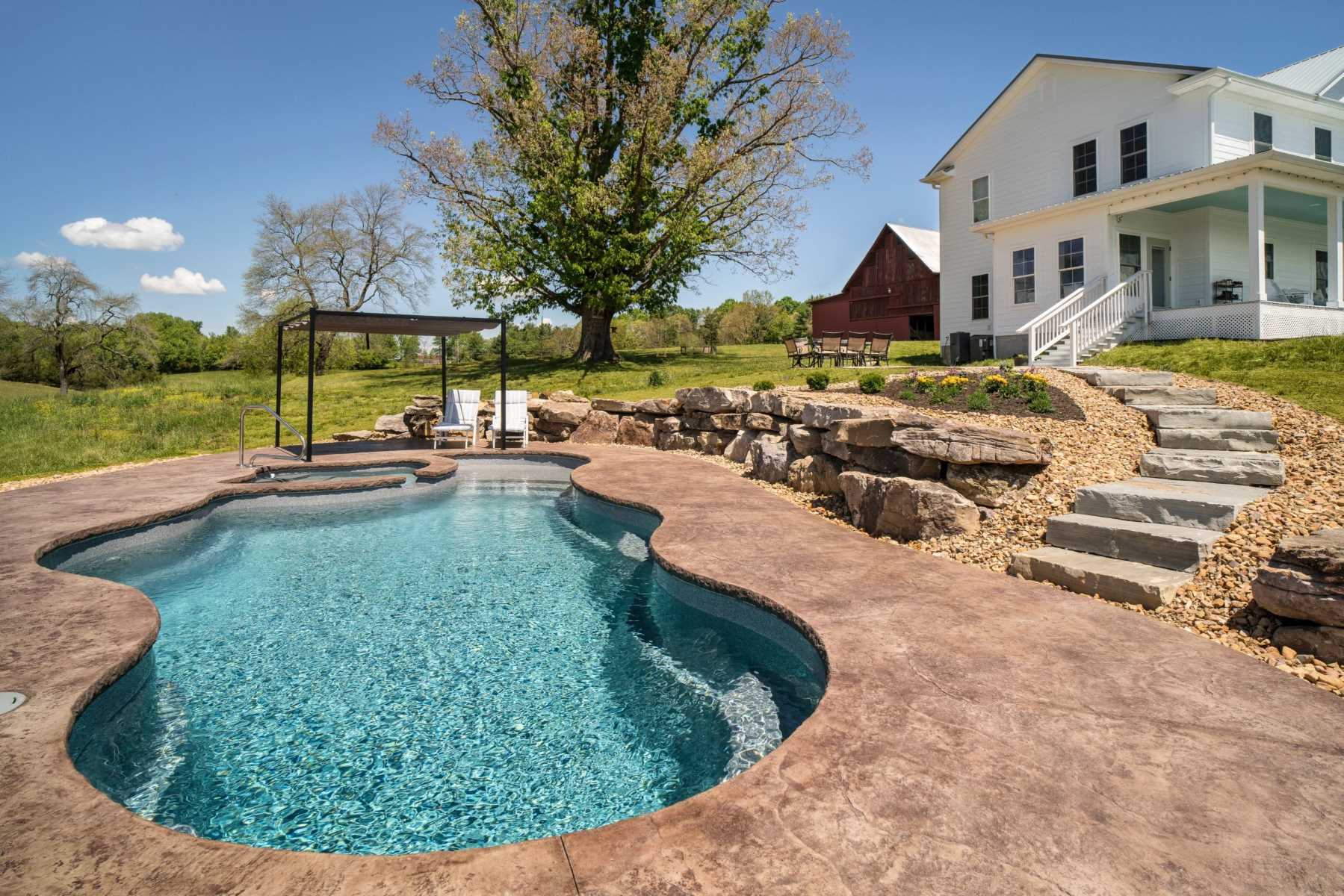

Outdoor Recreation & Activities
How To Keep Water From Evaporating From A Swimming Pool
Published: February 17, 2024
Learn effective strategies to prevent water evaporation from your swimming pool and maintain optimal water levels. Discover outdoor recreation and activities tips to keep your pool water pristine and enjoyable.
(Many of the links in this article redirect to a specific reviewed product. Your purchase of these products through affiliate links helps to generate commission for Storables.com, at no extra cost. Learn more)
Introduction
Maintaining a pristine swimming pool is a source of joy and relaxation for many homeowners. However, the persistent issue of water evaporation can lead to frustration and increased water consumption. Understanding the causes of water evaporation and implementing effective strategies to mitigate it is crucial for preserving the pool's water levels and reducing the associated costs.
Water evaporation from a swimming pool occurs due to various factors, including environmental conditions, temperature differentials, and the pool's surface area. The process of evaporation involves the transformation of liquid water into vapor, which dissipates into the atmosphere. This natural phenomenon can lead to a gradual reduction in the pool's water level, necessitating frequent refilling and increased water bills.
In this comprehensive guide, we will delve into the underlying causes of water evaporation from swimming pools and explore practical solutions to minimize this issue. By implementing these strategies, pool owners can effectively conserve water, reduce maintenance efforts, and promote sustainable pool management practices.
Understanding the dynamics of water evaporation and its impact on pool maintenance is the first step toward addressing this common concern. With a proactive approach and the implementation of targeted solutions, it is possible to mitigate water evaporation and enjoy a consistently inviting and well-maintained swimming pool.
Key Takeaways:
- Combat water evaporation by using pool covers, windbreaks, and shrubbery to reduce evaporation rates, conserve water, and create a visually appealing and eco-friendly pool environment.
- Maintain optimal pool temperature, humidity, and regular maintenance to effectively mitigate water evaporation, reduce operational costs, and contribute to environmental sustainability.
Understanding the Causes of Water Evaporation
Water evaporation from swimming pools is a natural process influenced by several factors. Understanding these causes is essential for devising effective strategies to mitigate evaporation and preserve the pool's water levels.
Environmental Conditions
Environmental factors, such as temperature, humidity, and wind speed, play a significant role in water evaporation from swimming pools. Higher temperatures accelerate evaporation, causing water to transition from a liquid state to vapor more rapidly. Additionally, low humidity levels contribute to increased evaporation rates, as the dry air has a greater capacity to absorb moisture. Furthermore, strong winds can enhance evaporation by facilitating the dispersion of water vapor from the pool's surface.
Surface Area and Water Temperature
The surface area of a pool directly influences the rate of evaporation. Larger pools have a greater exposed surface area, leading to more significant water loss through evaporation. Moreover, the temperature differential between the pool water and the surrounding air impacts evaporation rates. Warmer water temperatures expedite evaporation, especially in conjunction with high ambient temperatures and low humidity levels.
Solar Radiation
Solar radiation, particularly direct sunlight, contributes to increased water evaporation from swimming pools. The heat energy from the sun accelerates the kinetic energy of water molecules, promoting evaporation. Pools exposed to prolonged sunlight experience heightened evaporation rates, necessitating proactive measures to mitigate water loss.
Water Movement and Aeration
Water movement within the pool, such as from fountains, waterfalls, or jets, can enhance evaporation due to increased surface agitation. Aeration, while beneficial for water circulation and oxygenation, can also elevate evaporation rates. Understanding the balance between water movement and evaporation is crucial for maintaining optimal pool conditions.
By comprehending the multifaceted causes of water evaporation from swimming pools, pool owners can implement targeted strategies to minimize water loss and preserve the pool's water levels. The subsequent sections will explore practical solutions, including the use of pool covers, windbreaks, and temperature adjustments, to effectively mitigate water evaporation and promote sustainable pool management practices.
Implementing a Pool Cover
Implementing a pool cover is a highly effective strategy for mitigating water evaporation from swimming pools. Pool covers serve as a physical barrier that inhibits direct exposure of the pool water to environmental elements, thereby reducing evaporation rates and conserving water. These covers come in various types, including solid covers, mesh covers, and automatic covers, each offering distinct benefits in terms of water conservation and maintenance efficiency.
Solid pool covers, often made of vinyl or other durable materials, provide comprehensive protection by completely sealing the pool's surface. This impermeable barrier prevents water evaporation and also helps retain heat, reducing energy consumption associated with pool heating. Additionally, solid covers act as a shield against debris, minimizing the need for frequent cleaning and maintenance.
Mesh pool covers offer a balance between water conservation and debris protection. These covers allow water to pass through while effectively blocking leaves, twigs, and other debris from entering the pool. By preventing debris accumulation, mesh covers contribute to water clarity and reduce the burden of cleaning and filtration systems.
Automatic pool covers are a convenient and efficient option for pool owners seeking seamless operation and optimal water conservation. These covers can be electronically controlled, allowing for effortless deployment and retraction. The automated functionality ensures that the pool remains covered when not in use, significantly reducing evaporation and maintaining water quality.
In addition to mitigating water evaporation, pool covers contribute to overall safety and energy efficiency. By reducing heat loss and minimizing the need for extensive chemical treatments, pool covers promote eco-friendly and cost-effective pool management practices. Furthermore, the use of pool covers can extend the swimming season by retaining warmth and creating a comfortable environment for leisure and recreation.
Pool covers are a versatile and indispensable tool for preserving water, enhancing pool maintenance efficiency, and promoting sustainable pool management practices. By investing in a high-quality pool cover that aligns with the specific needs and dimensions of the pool, owners can effectively combat water evaporation and enjoy a consistently inviting and well-maintained swimming pool.
Using Windbreaks and Shrubbery
Strategic landscaping around a swimming pool can serve as a natural barrier against wind and sun exposure, effectively reducing water evaporation and preserving the pool's water levels. Windbreaks, such as fences, hedges, or trellises, create a shield that mitigates the impact of wind on the pool's surface, thereby minimizing evaporation rates. Additionally, the strategic placement of shrubbery and trees can provide shade, reducing direct sunlight exposure and curbing evaporation.
Fences or walls positioned to block prevailing winds can significantly diminish the disruptive effects of wind on water evaporation. By creating a wind barrier, these structures help maintain a calmer microclimate around the pool, reducing the rate at which water molecules transition from liquid to vapor. This simple yet effective approach can make a notable difference in mitigating evaporation, especially in areas prone to strong and persistent winds.
Incorporating lush shrubbery and trees in the pool's vicinity offers dual benefits of aesthetic enhancement and practical water conservation. Well-placed foliage provides natural shade, shielding the pool's surface from direct sunlight and lowering the overall temperature. This shading effect not only reduces evaporation but also contributes to a more comfortable and inviting pool environment for swimmers and sunbathers.
Strategic landscaping also contributes to the overall ambiance and visual appeal of the pool area, creating a tranquil and inviting oasis. The presence of greenery and natural elements enhances the aesthetic charm of the pool landscape while serving as an effective means of reducing water evaporation. By leveraging the natural attributes of windbreaks and shrubbery, pool owners can achieve a harmonious balance between environmental conservation and recreational enjoyment.
Incorporating windbreaks and shrubbery as part of the pool landscape design represents a sustainable and visually appealing approach to water conservation. By harnessing the natural attributes of these elements, pool owners can effectively mitigate water evaporation, reduce maintenance efforts, and create an inviting and eco-friendly pool environment. This harmonious integration of landscaping and water conservation aligns with the principles of sustainable pool management, promoting a balance between environmental responsibility and recreational enjoyment.
Adjusting Pool Temperature and Humidity
Maintaining optimal pool temperature and humidity levels is a strategic approach to mitigating water evaporation and promoting sustainable pool management. By carefully managing these environmental factors, pool owners can effectively reduce evaporation rates and conserve water, contributing to cost savings and environmental responsibility.
Read more: How To Keep Wasps Away From A Swimming Pool
Pool Temperature Control
Controlling the temperature of the pool water plays a pivotal role in managing evaporation. Warmer water temperatures accelerate evaporation, especially when exposed to high ambient temperatures and solar radiation. By moderating the pool water temperature, either through adjusting the heating system or implementing shading techniques, pool owners can significantly reduce evaporation rates. Additionally, maintaining the pool at slightly lower temperatures during periods of limited use can further mitigate water loss without compromising the comfort of swimmers.
Humidity Regulation
Humidity levels in the pool environment also influence evaporation rates. Low humidity, coupled with high temperatures, can expedite water evaporation, leading to increased water consumption and maintenance efforts. Implementing strategies to enhance humidity levels, such as installing misting systems or strategically positioning water features, can help mitigate evaporation by reducing the disparity between the pool water and the surrounding air. By creating a more balanced and humid microclimate, pool owners can effectively curb water loss and promote sustainable pool management practices.
Solar Shading and Wind Deterrence
Strategic placement of shading structures, such as pergolas, umbrellas, or retractable awnings, can provide relief from direct sunlight exposure, thereby moderating the pool water temperature and reducing evaporation. Additionally, wind deterrence measures, such as windbreaks and fencing, contribute to maintaining a calmer microclimate around the pool, minimizing the disruptive effects of wind on evaporation rates. By leveraging these environmental controls, pool owners can create a more stable and conducive pool environment while conserving water and reducing maintenance efforts.
Comprehensive Approach to Water Conservation
Adjusting pool temperature and humidity involves a comprehensive approach that integrates environmental controls, energy efficiency, and sustainable practices. By actively managing these factors, pool owners can achieve a harmonious balance between water conservation, operational efficiency, and recreational enjoyment. This proactive approach aligns with the principles of sustainable pool management, promoting responsible water usage and environmental stewardship.
Incorporating these strategies into pool maintenance routines empowers pool owners to effectively mitigate water evaporation, reduce operational costs, and contribute to environmental sustainability. By embracing a proactive and holistic approach to managing pool temperature and humidity, individuals can enjoy a well-maintained and inviting pool environment while minimizing the impact of water evaporation.
Read more: How To Remove Iron From Swimming Pool Water
Regular Maintenance and Inspection
Regular maintenance and proactive inspection are essential components of effective water conservation and sustainable pool management. By implementing a structured maintenance regimen and conducting thorough inspections, pool owners can identify and address potential issues that contribute to water evaporation, ensuring optimal water conservation and operational efficiency.
Monitoring and Addressing Leaks
Consistent monitoring of the pool's infrastructure, including pipes, fittings, and filtration systems, is crucial for detecting and addressing potential leaks. Even minor leaks can lead to significant water loss over time, exacerbating the impact of evaporation. By conducting routine inspections and promptly addressing any leaks or seepage, pool owners can mitigate unnecessary water loss and preserve the pool's water levels.
Cleaning and Skimmer Maintenance
Regular cleaning and maintenance of the pool's skimmers and filtration systems are vital for preventing debris buildup and maintaining optimal water circulation. Clogged skimmers and filters can impede water flow, leading to localized stagnation and increased evaporation. By adhering to a consistent cleaning schedule and ensuring the proper functioning of filtration equipment, pool owners can minimize the factors contributing to water loss and promote efficient water conservation.
Water Chemistry Management
Balancing and maintaining the pool's water chemistry is essential for preserving water quality and minimizing the need for excessive water replacement. Properly managed water chemistry reduces the frequency of draining and refilling the pool, contributing to water conservation efforts. Regular testing and adjustment of pH levels, alkalinity, and sanitizer concentrations are integral to sustaining water clarity and quality while minimizing water wastage.
Surface Maintenance and Repair
Periodic inspection of the pool's surface, including the liner, tiles, and surrounding decking, is crucial for identifying and addressing potential areas of water loss. Damaged or deteriorating surfaces can contribute to increased evaporation, as well as potential leaks. By promptly addressing surface issues and conducting necessary repairs, pool owners can safeguard against unnecessary water loss and maintain the integrity of the pool structure.
Cover Maintenance and Utilization
For pool covers to effectively mitigate water evaporation, they must be properly maintained and utilized. Regular inspection of pool covers for tears, wear, or improper fit is essential for ensuring their optimal performance. Additionally, consistent utilization of pool covers during periods of non-use or inclement weather is instrumental in reducing evaporation rates and conserving water.
By incorporating these maintenance and inspection practices into their pool management routine, owners can proactively address factors contributing to water evaporation and promote sustainable water conservation. This proactive approach aligns with the principles of responsible pool management, emphasizing the importance of regular maintenance and vigilant inspection in preserving water resources and promoting environmental sustainability.
Conclusion
In conclusion, the management of water evaporation from swimming pools is a multifaceted endeavor that requires a proactive and holistic approach. By understanding the underlying causes of water evaporation and implementing targeted strategies, pool owners can effectively mitigate water loss, reduce maintenance efforts, and promote sustainable pool management practices.
The implementation of pool covers emerges as a highly effective and versatile solution for combating water evaporation. Whether opting for solid covers, mesh covers, or automatic covers, pool owners can significantly reduce evaporation rates, conserve water, and enhance energy efficiency. Pool covers not only serve as a barrier against evaporation but also contribute to safety, cleanliness, and extended swimming seasons.
Strategic landscaping, including the use of windbreaks and shrubbery, offers a natural and visually appealing approach to reducing water evaporation. By leveraging the shielding effects of fences, hedges, and trees, pool owners can create a more stable microclimate around the pool, minimizing the impact of wind and sunlight on evaporation rates. This harmonious integration of landscaping and water conservation enhances the aesthetic appeal of the pool area while promoting sustainable practices.
Furthermore, the management of pool temperature and humidity levels plays a pivotal role in mitigating water evaporation. By moderating the pool water temperature, regulating humidity, and implementing solar shading and wind deterrence measures, pool owners can create a more stable and conducive pool environment while conserving water and reducing maintenance efforts.
Regular maintenance and proactive inspection are essential components of effective water conservation and sustainable pool management. By monitoring for leaks, maintaining filtration systems, managing water chemistry, and addressing surface issues, pool owners can proactively mitigate factors contributing to water evaporation and preserve the pool's water levels.
In essence, the comprehensive strategies outlined in this guide empower pool owners to combat water evaporation effectively, reduce operational costs, and contribute to environmental sustainability. By embracing a proactive and holistic approach to managing water evaporation, individuals can enjoy a well-maintained and inviting pool environment while minimizing the impact of water evaporation.
Frequently Asked Questions about How To Keep Water From Evaporating From A Swimming Pool
Was this page helpful?
At Storables.com, we guarantee accurate and reliable information. Our content, validated by Expert Board Contributors, is crafted following stringent Editorial Policies. We're committed to providing you with well-researched, expert-backed insights for all your informational needs.
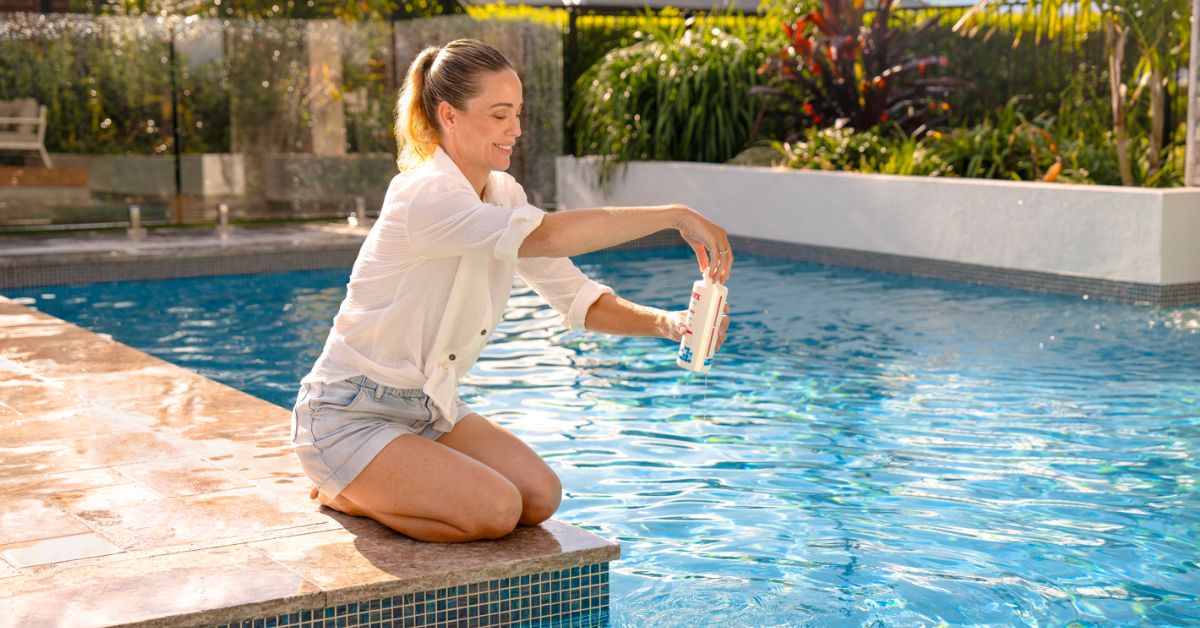
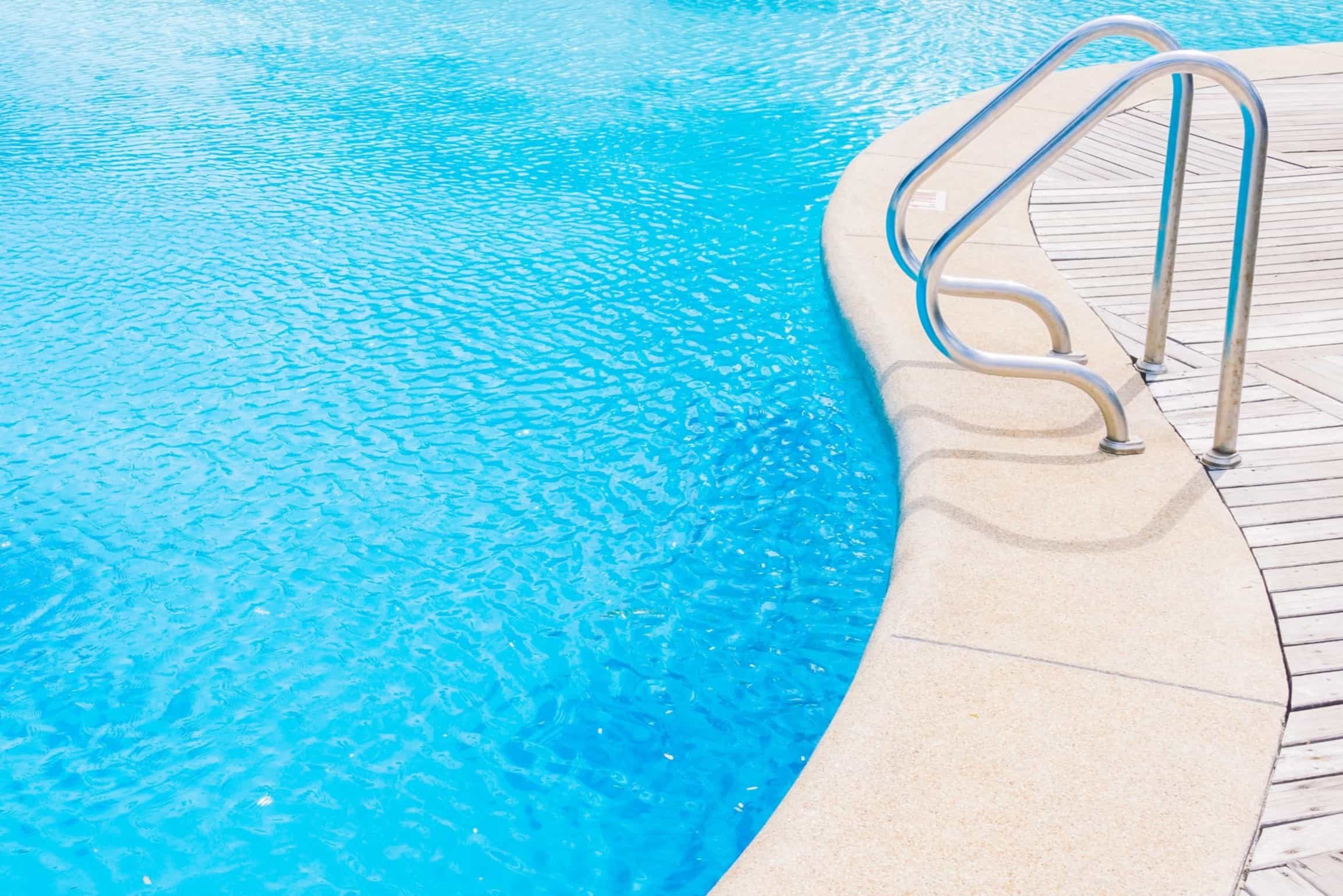
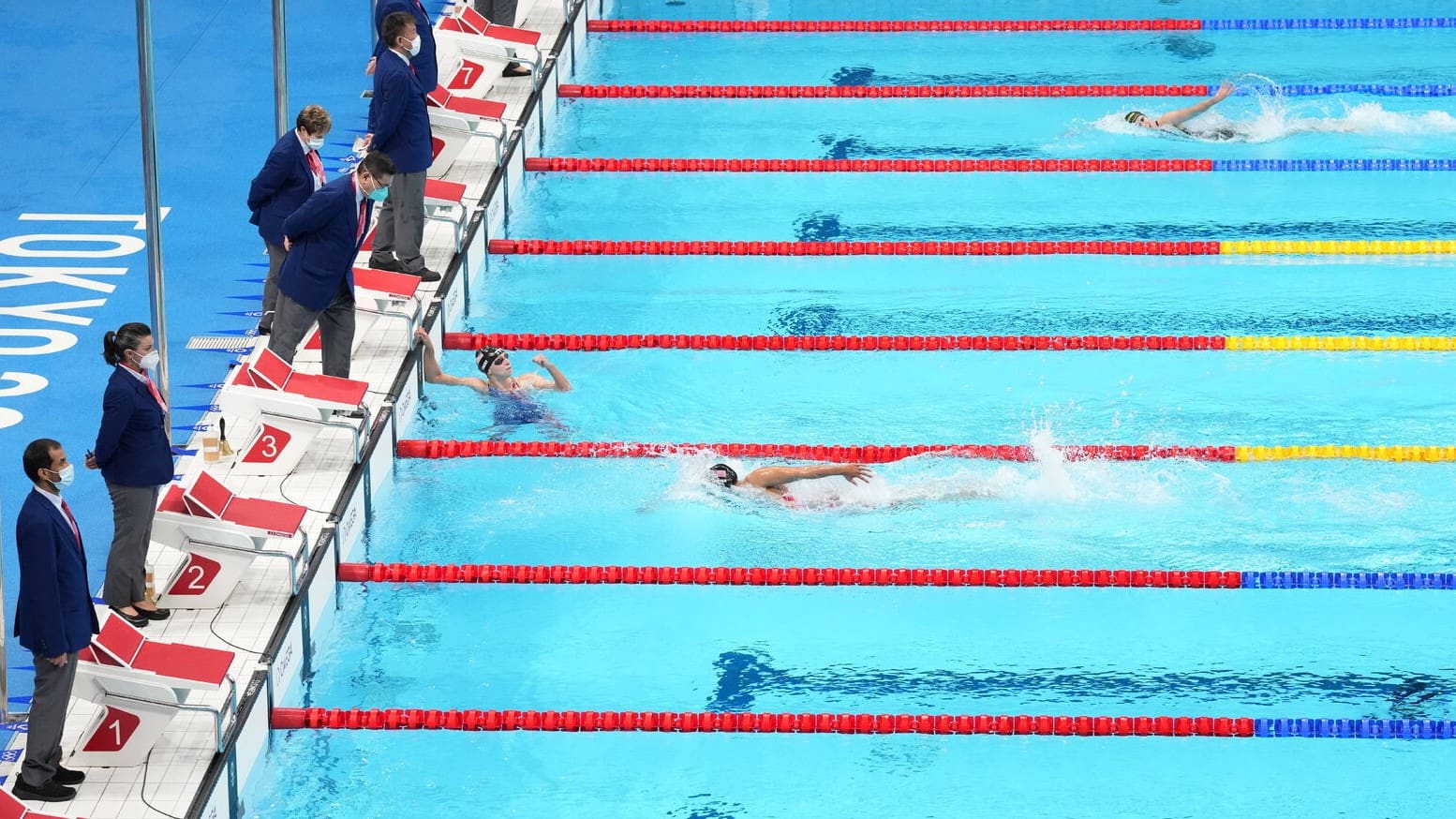

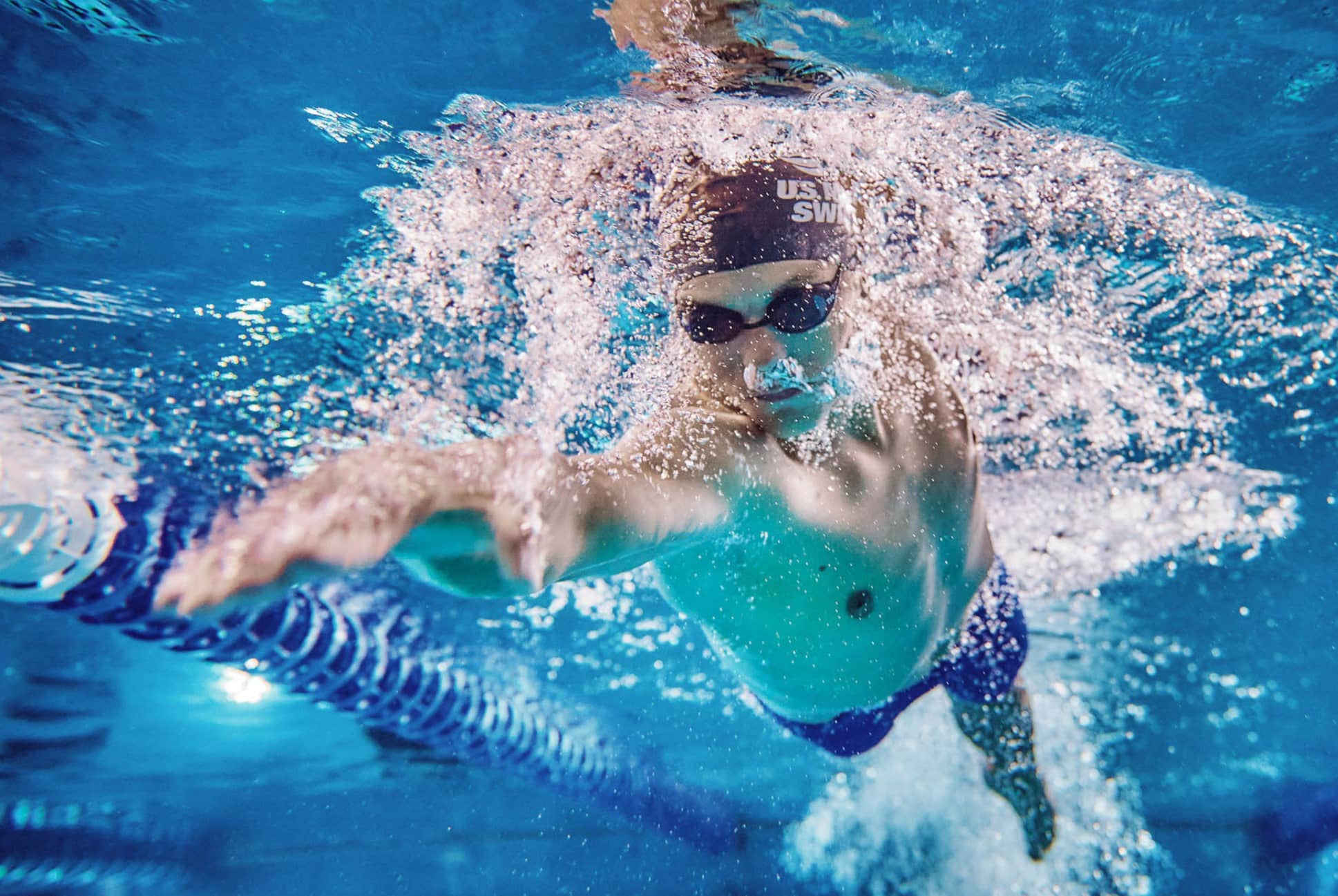
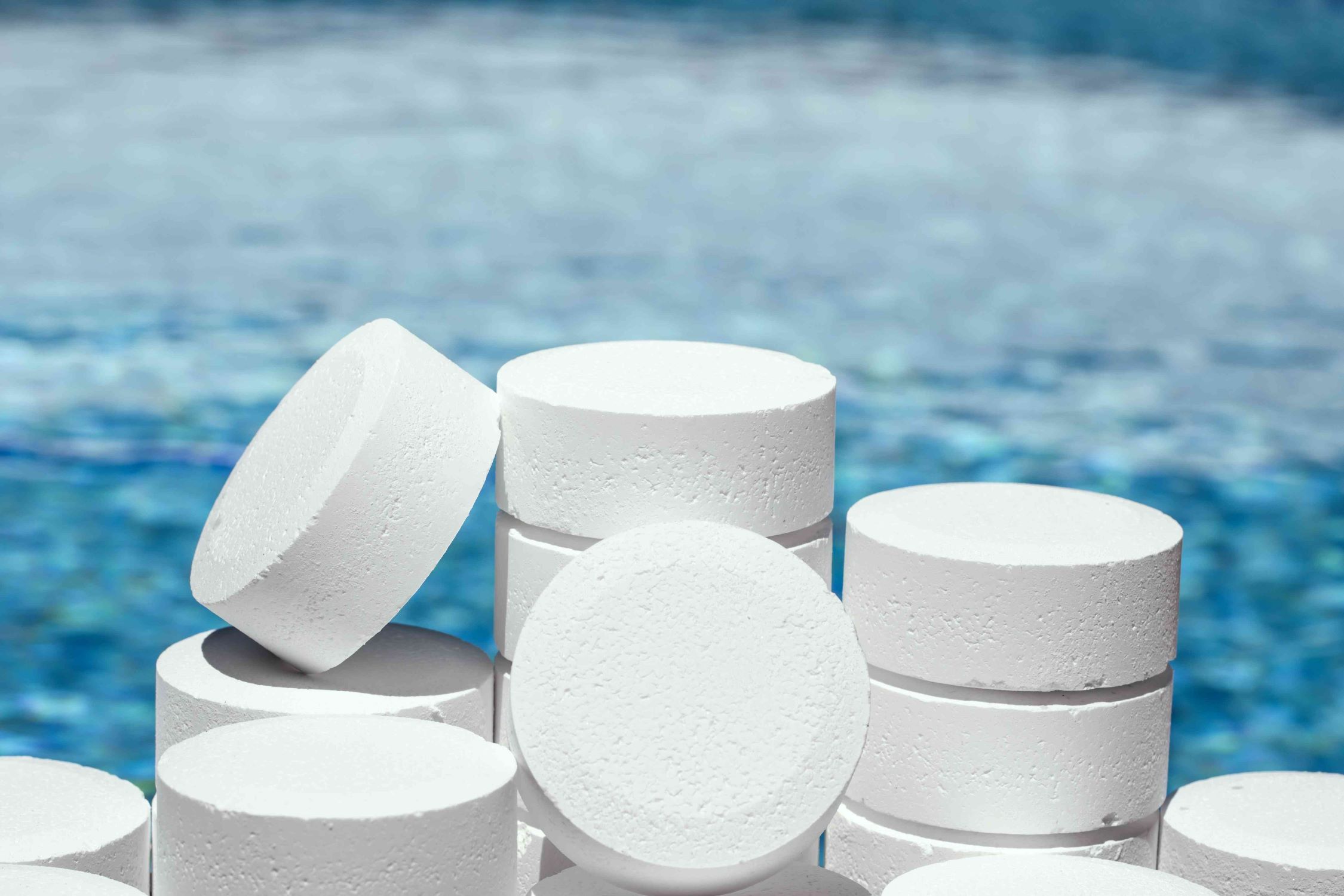
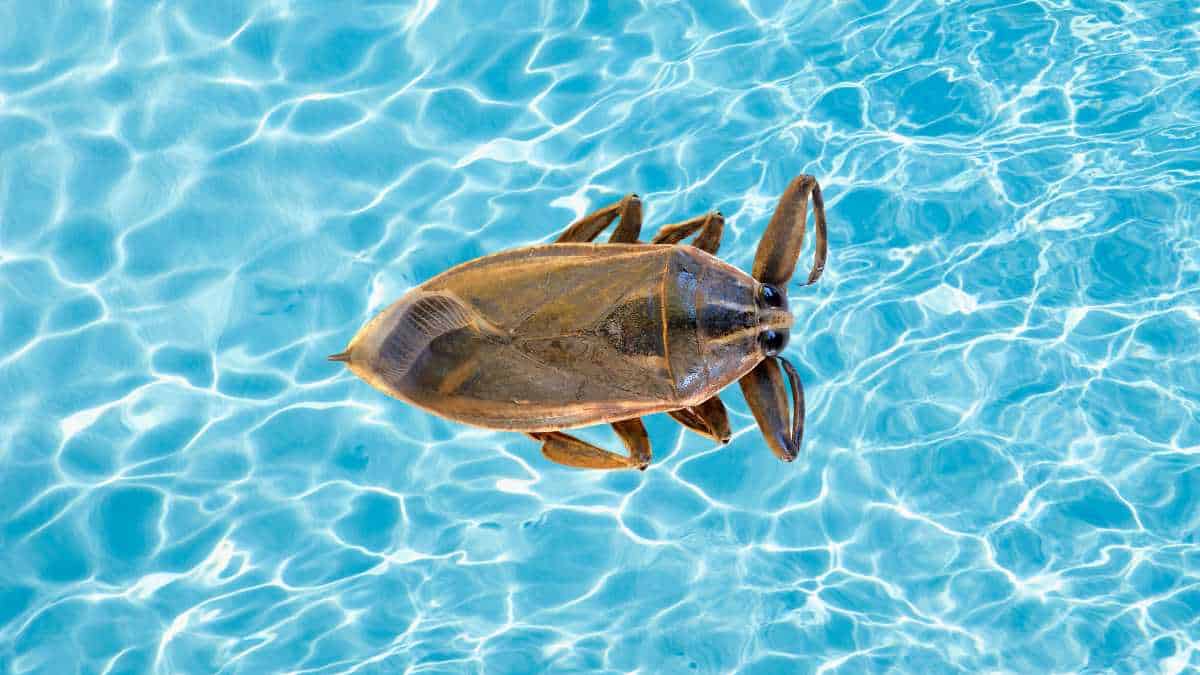
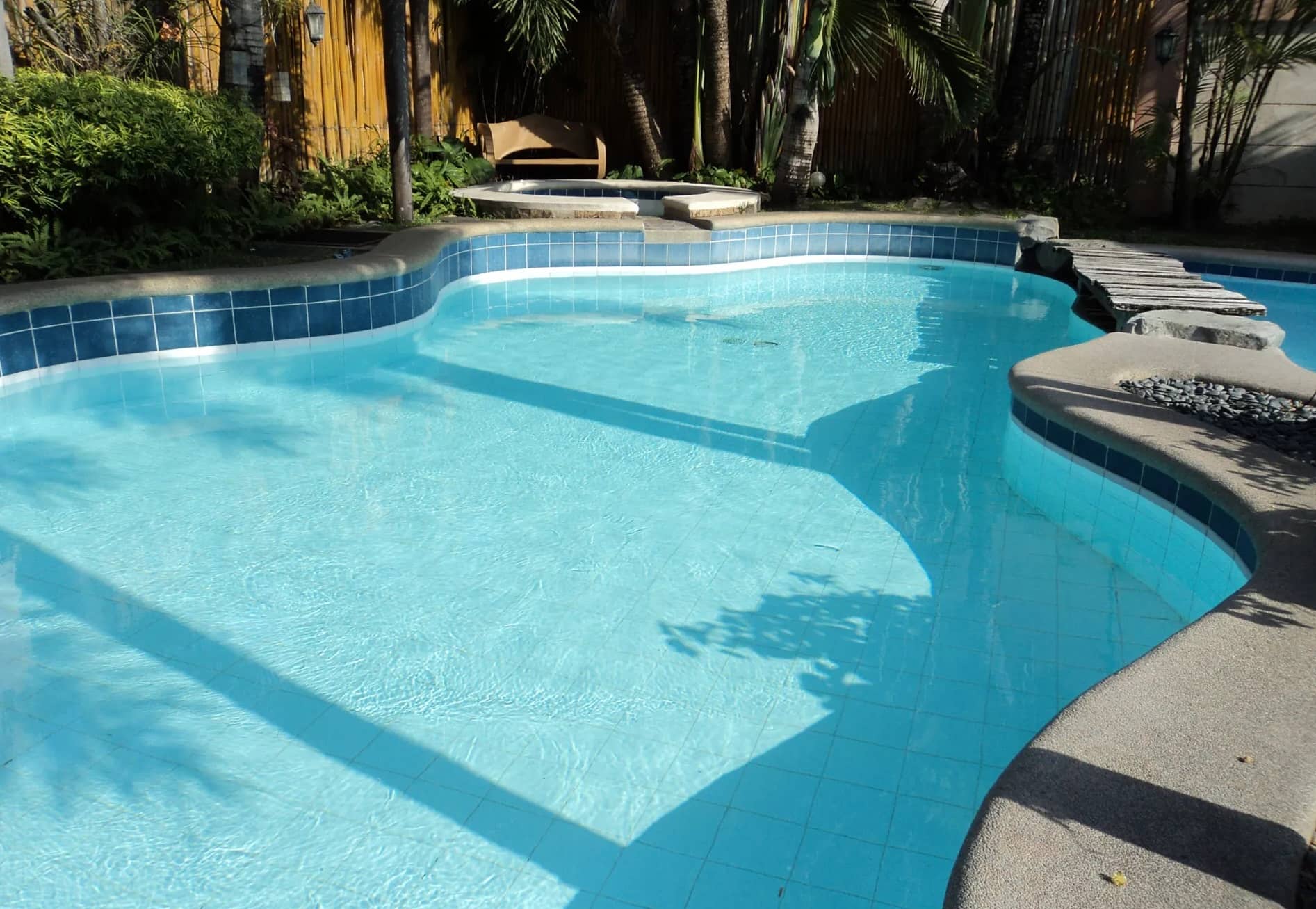
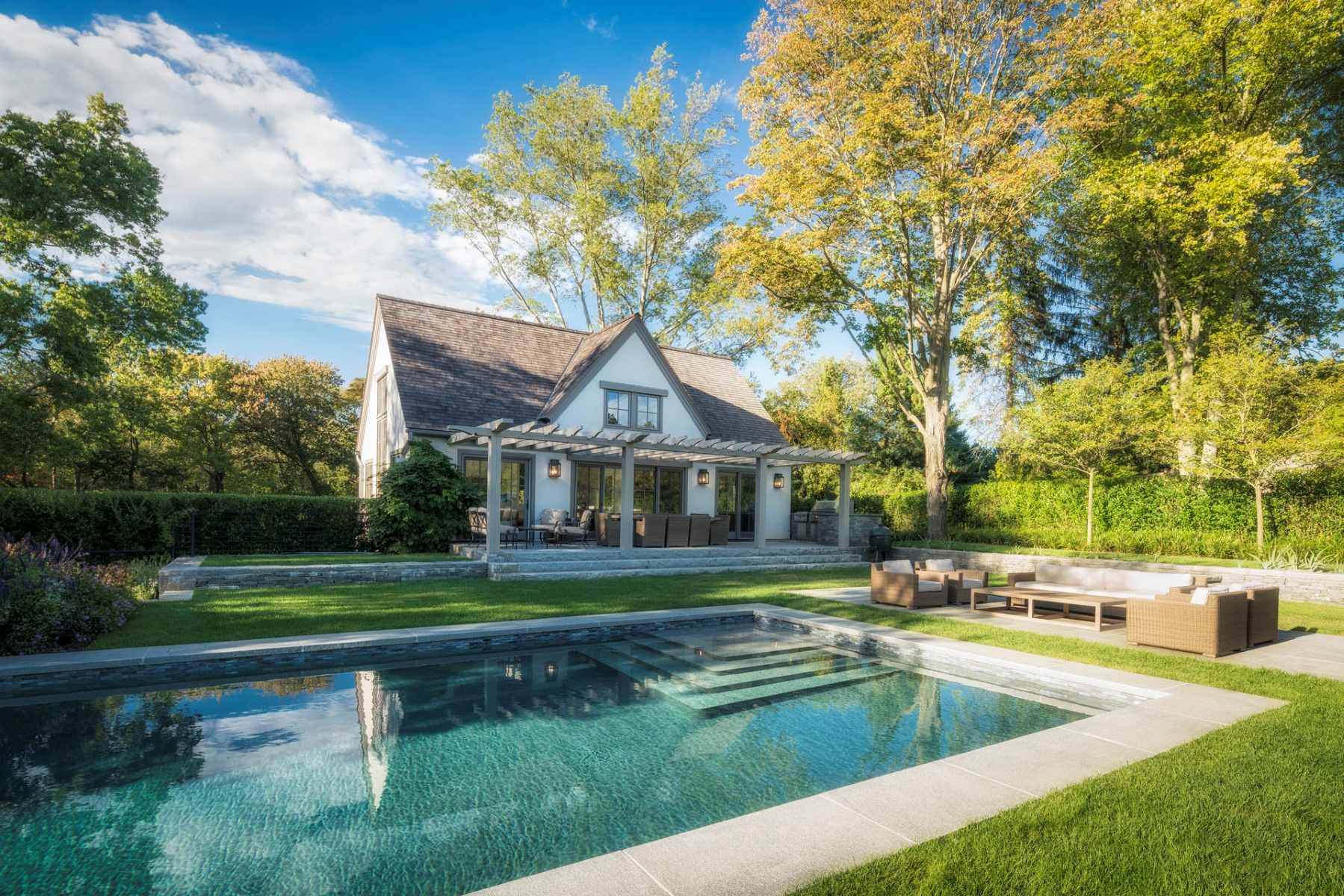
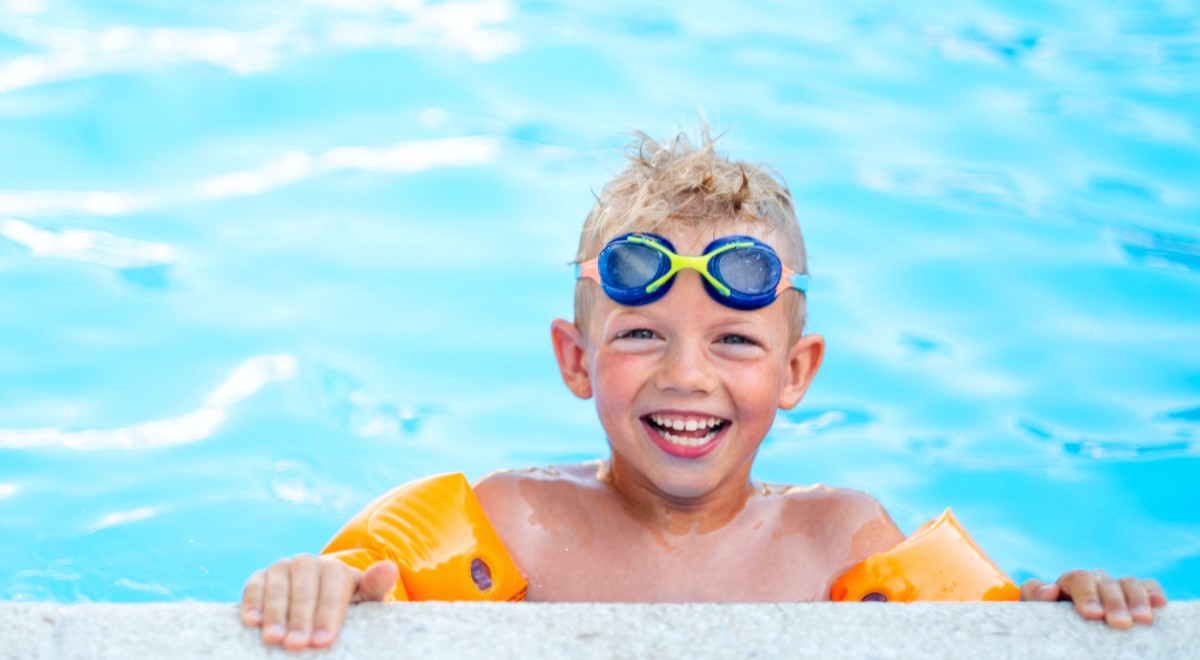
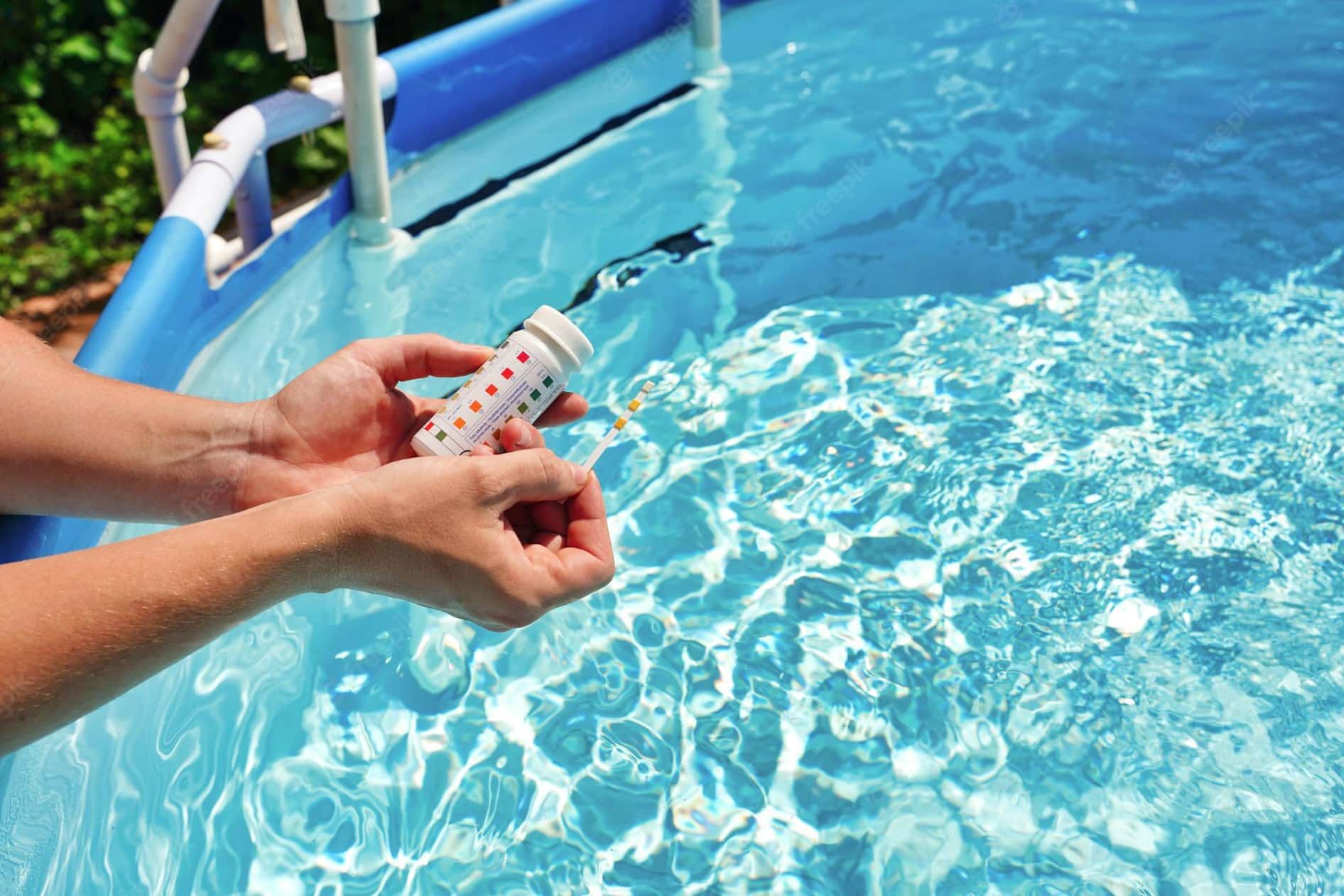

0 thoughts on “How To Keep Water From Evaporating From A Swimming Pool”